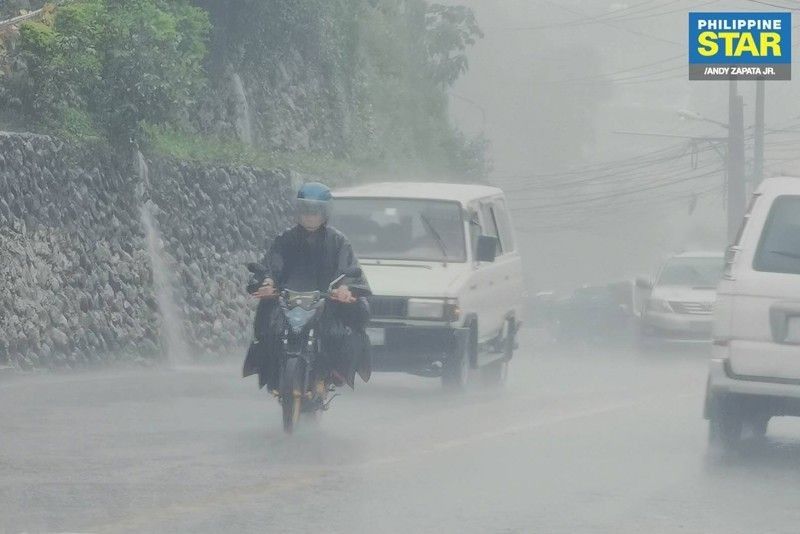More rains seen as La Niña starts

MANILA, Philippines — The state weather bureau advised yesterday concerned government agencies, as well as farmers, to prepare for the possible impact of La Niña, which may last until the first quarter of next year.
The Philippine Atmospheric, Geophysical and Astronomical Services Administration (PAGASA) said recent oceanic and atmospheric indicators signify that La Niña – often characterized by rainy weather – is prevailing in the tropical Pacific.
“Since June 2020, the sea surface temperature in the central and equatorial Pacific started to cool and further strengthened in September, reaching La Niña threshold,” PAGASA said.
Based on the latest forecast, weak to moderate La Niña is likely to persist until the first quarter of 2021, Ana Liza Solis, head of the PAGASA’s climate monitoring and prediction section, said at a virtual press conference.
“Given that we already have a La Niña advisory, concerned sectors and national government agencies need to take action,” she said.
She also urged the Department of Public Works and Highways to clear drainage canals to prevent flooding, particularly in urban areas like Metro Manila.
Solis said farmers should also prepare their post-harvest facilities such as drying and storage facilities for their produce, adding they could also avail themselves of crop insurance.
La Niña, associated with above normal rainfall conditions, is expected to affect most areas of the country during the last quarter of the year and early months of 2021.
“Rainfall forecast from October 2020 to March 2021 suggests that most parts of the country will likely receive near to above normal rainfall conditions,” PAGASA said.
Five to eight tropical cyclones, most of which may make landfall, are expected to enter or develop within the Philippine area of responsibility during the forecast period, it said.
“These cyclones may further enhance the northeast monsoon and could trigger floods, flash floods and rain-induced landslides over susceptible areas, particularly on the eastern sections of the country which normally receive greater amount of rainfall at this time of the year,” PAGASA said.
- Latest
- Trending































